Is rum ready to take off at auction?
After years of being labelled as the next big thing it looks like rum is finally having a moment, with consumers increasingly on the hunt for rare bottlings, and auction prices heading skywards.
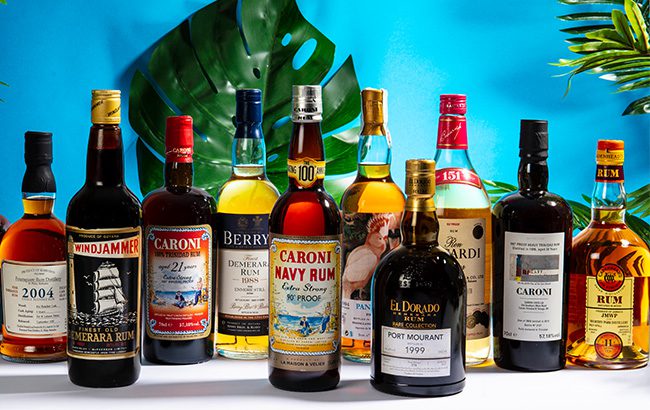
*This feature was first published in the March 2023 issue of The Spirits Business magazine.
Rum has been touted as the next big category to watch on the secondary market, rivalling the likes of Scotch and Cognac as a more affordable investment.
Demand for super‐premium‐plus rums for sipping as opposed to mixing has helped elevate rum’s image and made it more sought after, bolstered by limited releases from revered producers such as Foursquare, Appleton Estate and Havana Club.
“Collectors are becoming increasingly interested in quality aged rums, demonstrated by the growing portfolios found in high‐end spirits stores and websites traditionally associated with classics such as Scotch and Cognac,” says Anne Martin, global marketing director for Cuban brand Havana Club. “The latest IWSRfigures show that growth of super‐premium (5.5% CAGR 2019‐2021) and ultra‐premium (17.2%) rums are fast outpacing that of standard/premium category growth (3%). This signifies a clear appetite for luxury and ultra‐rare expressions, and a burgeoning investor market.” Havana Club has sought to attract collectors with bottlings including Havana Club Maximo Extra Añejo (RRP €2,500), which comes in a crystal decanter, and its Tributo range, a series of annual releases.
Last year’s release of the limited edition Havana Club Don Navarro exclusively through The Whisky Exchange was an “instant sellout”, says Martin.
Meanwhile, Whisky Auctioneer sold the most expensive single bottle of rum to date as part of a rum‐exclusive sale in April 2021 – Wray and Nephew Rum (President’s Reserve bottling) for £31,500 (US$38,087). This led to Whisky Auctioneer creating a dedicated online auction platform, Rum Auctioneer, in response to the increasing numbers of rums appearing in its regular auctions and its ‘hugely successful’ inaugural Rum Auction.
Appetite for rum
Joe Wilson, head curator and spirits specialist at Rum Auctioneer, says the company took the plunge to launch the platform as there was a “clear indication there was an appetite for collecting rum, separate to whisky”. He says the number of bottles of rum sold in the past three or four years have doubled. Wilson believes consumers are “more inclined to come to a rum‐focused auction” rather than a whisky site that also sells rum.
Interest in the sugar cane-based spirit has been dominated by closed Trinidad distillery Caroni, and Foursquare in Barbados. Wilson notes that Caroni has a dedicated following, with “interest becoming more intensive over the lastfive years” as fewer bottles remain on the market. He also describes Foursquare as having “exceptional quality and affordable pricing” with rum enthusiasts “desperate to try Foursquare”.
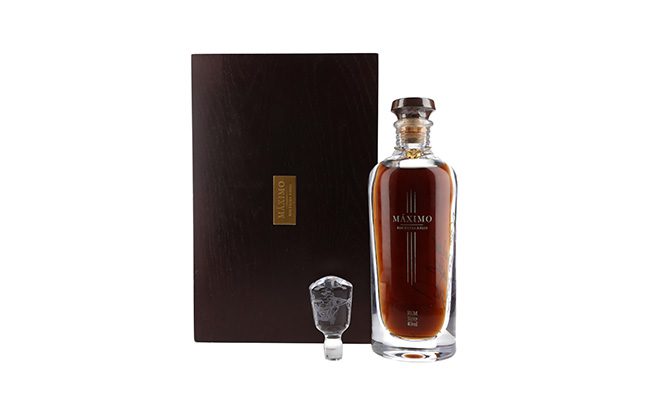
Wilson notes particular interest in “mostly molasses‐based rums”, including those from Trinidad and Barbados, and French rums like agricole and cane‐juice rums “replicated by new producers in Indian Ocean countries”.
Isabel Graham‐Yooll, auction and private client director for Whisky.Auction, has noted interest for rums from single casks, single distilleries and “unique bottles with a lot of information on there”.
She points to the success seen with bottles from Luca Gargano, CEO of Italian importer Velier, a rum expert who has co‐created a number of independently bottled rums with distillers that are often snapped up quickly.
She adds: “What does get a lot of interest are navy flagons, which can sell for £5,000, which is a lot. When I joined the company, they were selling for £1,000 each.”
The flagons were used by the Navy until the 1960s for their daily tot of rum, and ended up in private hands once their production came to a stop, Graham‐Yooll says.
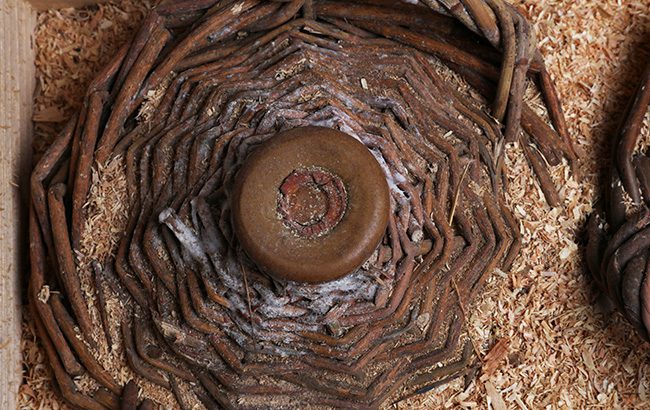
“Writers have been saying rum is the next big thing for the past 10 years, and they are correct now,” she enthuses. “Prices are going up. There’s a lot of talk about Caroni. Is Caroni the next Karuizawa? Of course it isn’t, it’s different,” she explains.
“It’s a strong characterful rum that is recognisable. Karuizawa [Japanese whisky] has a broader appeal to taste, it has that richness. Caroni is distinct. There’s plenty of closed whisky distilleries that don’t get much attention, but some win the lotteries.”
Average value
At auction house Sotheby’s, rum is not a high priority but it remains of interest, according to its head of whisky and spirits, Jonny Fowle.
“The one thing we don’t see from rum is a high average value,” he says. “The average value of lots we sell in the UK is US$40,000. We tend not to sell so many rums.”
One issue holding back the rum category in Fowle’s opinion is the “lack of transparency” as there are no global rules for the sector, with rum being made all over the world.
“Rum is so disparate and there’s nothing that really binds them together,” he says. Graham‐Yooll disagrees with this point.
“I don’t think there is a lack of transparency, but there is this confusion because so many different countries have developed a rum tradition independent of others. The same happens with whisky; rules in Kentucky are different than on Islay, but you wouldn’t say that causes a lack of transparency.
“In both cases there’s been a huge investment in education by the producers in explaining the category and what they do differently. You’ve got the age‐old arguments about the style of rum and the differences. Someone who is good at marketing should be doing this for the brands, and educating people. It can’t be down to just one or two people out there, it needs to be on a much larger scale. Otherwise, it can’t develop much further.”
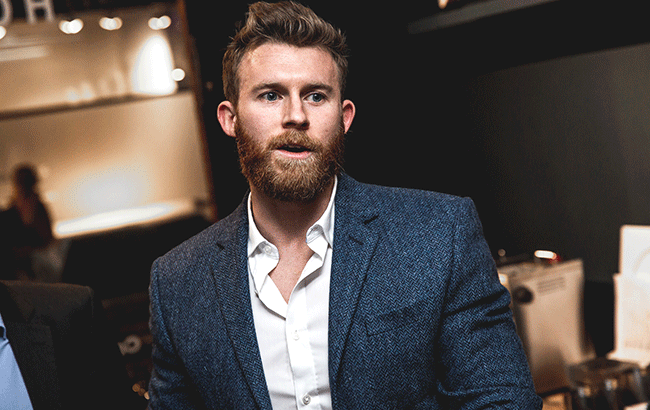
More affordable spirits
Fowle sees a “migration away from single malt to more affordable spirits” such as rum, where drinkers are more likely to open their bottles if the price is low. He mentions older bottles from Jamaica, like Appleton Estate, that perform well on the secondary market.
Wilson notes consumers are “diversifying” their spirits collections “as opposed to transitioning fully to rum. People will not abandon theirfirst love. It depends on the motives of the buyer, whether they want to collect or invest. The evidence isn’t there yet that rum will reach the stratospheric sums of whisky.”
The rum category has been “established for a while but needs to get more of a foothold in the collectable sides of things”, says Wilson. “We need people to drink it and make opinions. People need to open things and discuss them, share samples, and compare tasting notes. People create a legacy.”
Ken Grier is the associate creative director for Colombian rum brand Dictador and the former creative director for single malt Scotch whisky The Macallan. He believes strong branding will help build the rum category on the secondary market.
“People tend not to collect regionally; they don’t bag a Macallan because it’s quintessentially Speyside,” Grier says. “It’s about the brand itself, what it stands for.”
Jim McEwan, founder of Scotland’s Dark Matter Distillers, echoes Grier’s view that the rum industry needs brands to help build the category, like a “Macallan of the rum world”.
He says: “Macallan absolutely dominates the secondary whisky market, maybe rum needs one of those. Caroni was the first; it ceased production. Being a closed distillery has helped that. Hopefully a few will lead the way.”
Grier believes rum could be the next big investment in the spirits world due to a number of factors: age statements, rarity, the benefit of provenance and compelling stories.
Grier sees Dictador as having parallels with The Macallan, with the Colombian brand’s history going back 110 years, family involvement, and the use of the “finest ingredients and the finest wood”, as well as its coastal location in Cartagena. Dictador claims to own the world’s largest stock of aged rum, up to 45 years old.
Producer partnerships
The brand has partnered with a number of producers around the world for its Two Masters series, including Hardy’s Cognac, Royal Tokaji, and Glenfarclas. In March 2021, a 1976 vintage Dictador in a Lalique decanter also become one of the most expensive bottles of rum sold at auction after fetching £30,000 during a Sotheby’s sale. The bottle, number #0 of 300 decanters, is a blend of vintage rums produced in 1976, and aged in American oak and Port casks.
The brand also sold 10 bottles of 1976 Dictador Generations as a non‐fungible token (NFT) on BlockBar, with a price tag of US$25,000 each.
It’s not just the older bottlings that are attracting attention at auction. In December 2021, Scotland’s ‘first’ rum distillery, Dark Matter Distillers, sold its inaugural aged rum collection for £41,800 on Rum Auctioneer, said to be afirst for the platform.
Bottle number one in the distillers’ Physicist Series, Einstein, went under the hammer for £13,000 – the third‐highest price ever secured for a single bottle through Rum Auctioneer at the time. McEwan said the sale exceeded expectations.
Wilson notes the platform “hadn’t done a partnership with a rum before”, which provided an “opportunity to do something special, and create a splash for Dark Matters’ inaugural bottling”. He adds: “As much as the focus is on rare, you need new producers to create the older bottlings of the future.” New distillers are also branching out into cask sales. Grenada’s Renegade Rum Distillery recently partnered with Cask Trade for the exclusive sale of its casks for the next three years. Renegade Rum is the brainchild of Mark Reynier, the former CEO of Islay distillery Bruichladdich, and the CEO of Ireland’s Waterford Distillery.
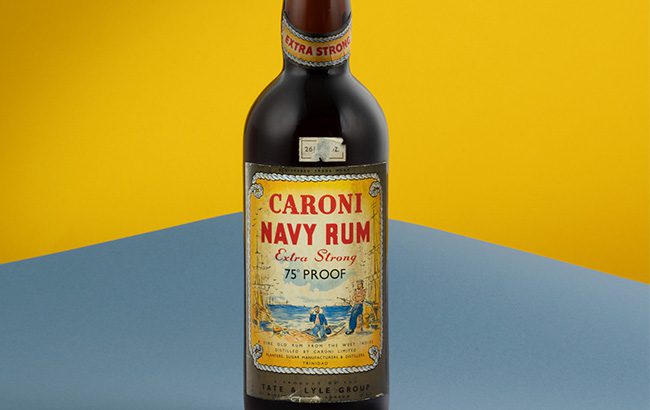
The terroir‐driven rum is made from sugarcane grown on a dozen farms around the island. Reynier set out to make rum as “profound as a single malt” that is “fully traceable and transparent”.
On the map
Meanwhile, last month Scotland’s Matugga Distillery launched its private cask ownership programme, described as a “milestone moment for Scottish rum” by the distillery’s co‐founder, Paul Rutasikwa. A limited number of rum casks are available for an initial investment of £3,300 each. Whisky writer Charles MacLean believes the cask programme will “put Scottish rum on the map”, and will benefit from its connection to the “global prestige of Scotch whisky”.
As producers unveil more investment opportunities, rum could be in a good position to grow its share of the auction market.
Related news
Cocktail stories: Speed Bump, Byrdi
